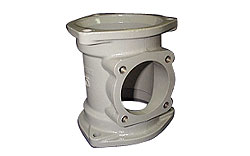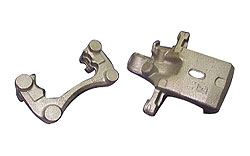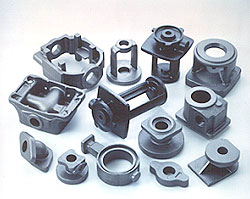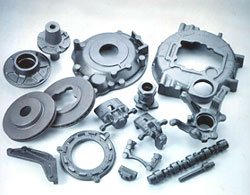Sand Molding
Casting is to pour metal or alloy melting into mold. After cooling and solidification, remove gating and riser to have the required casting. Basic principle of casting is easy, but its context and scope are complex and comprehensive. Distinguish them by mold only, there are sand mold, shell mold, plaster mold, permanent mold, die,…etc. By casting materials, there are cast iron, cast steel, aluminum alloy, copper alloy, and magnesium alloy,…etc. In addition, there are different casting processes, such as sand mold casting, precision casting, vacuum casting, continuous casting, centrifugal casting, and die casting,…etc.
What is sand casting?
Sand casting is the most ancient and traditional metal casting process which uses sand as its major molding material. Molding sand is mixed by green sand, water, clay, and some compounds. Use pattern as its tooling, then molding manually (ground mold, F1-F4) or automatically (DISA, Hunter, Sinto). The benefits are low tooling cost, mass production, and applied to most metals.
Features of sand casting:
- For metal melting, sand mold has sufficient heat-resistance and permeability. When over 1000 melting is poured into the sand mold, the sudden high temperature does not affect original characteristic structure. And its particular heat preservation makes the casting drop its temperature slowly after solidification to avoid affect casting property.
- Excellent collapsibility of sand during shot blasting on casting
- Sand mold tooling can be used for fast and mass production with features of low worn and low maintenance cost. Average tooling life is 80000 to 100000 molds.
- Low cost, high efficiency, labor saving, and broadly applied for high speed automatic continuous mass production.
- Molding sand is composed of natural substance such as silica sand and clay which does not change the operation environment and produce contamination.





